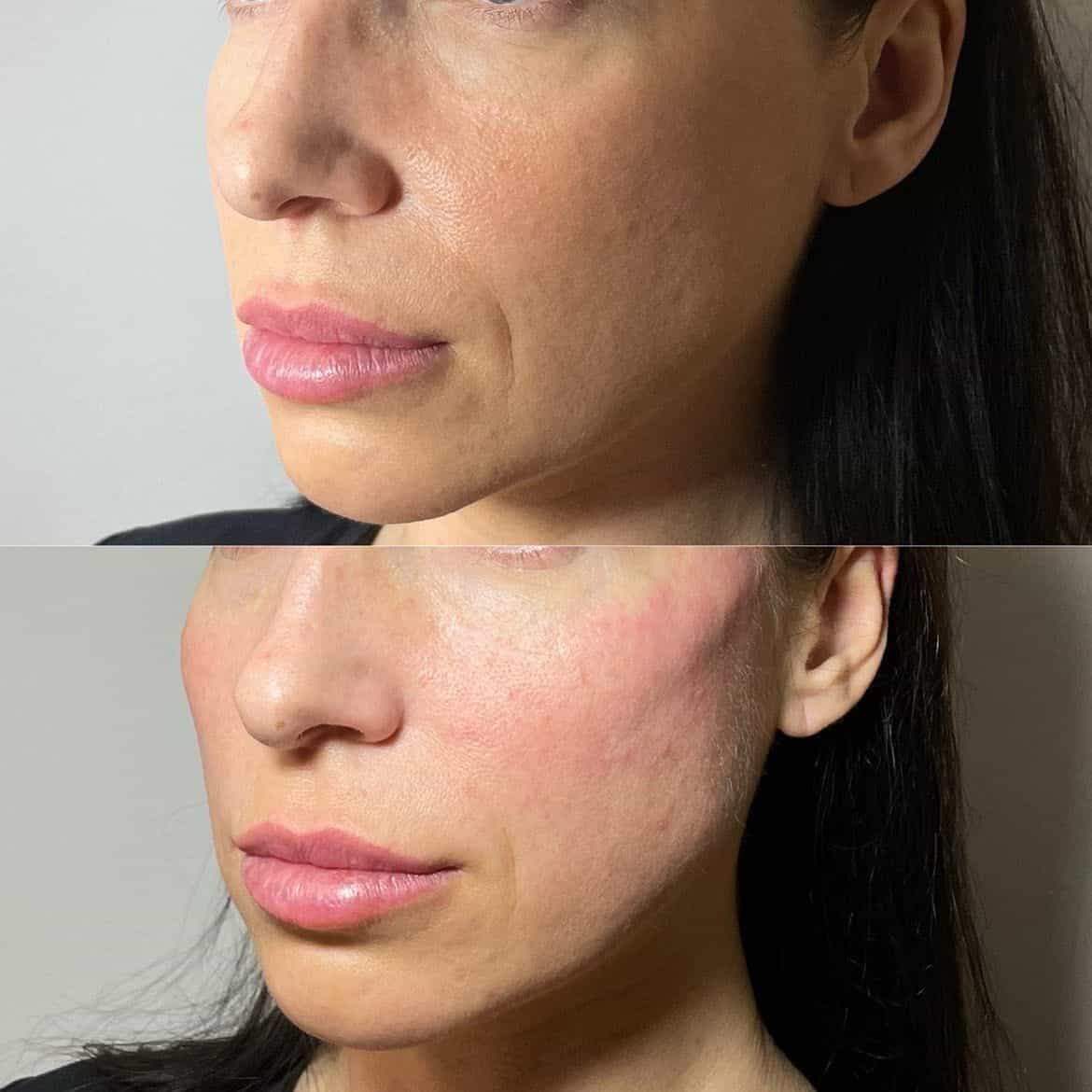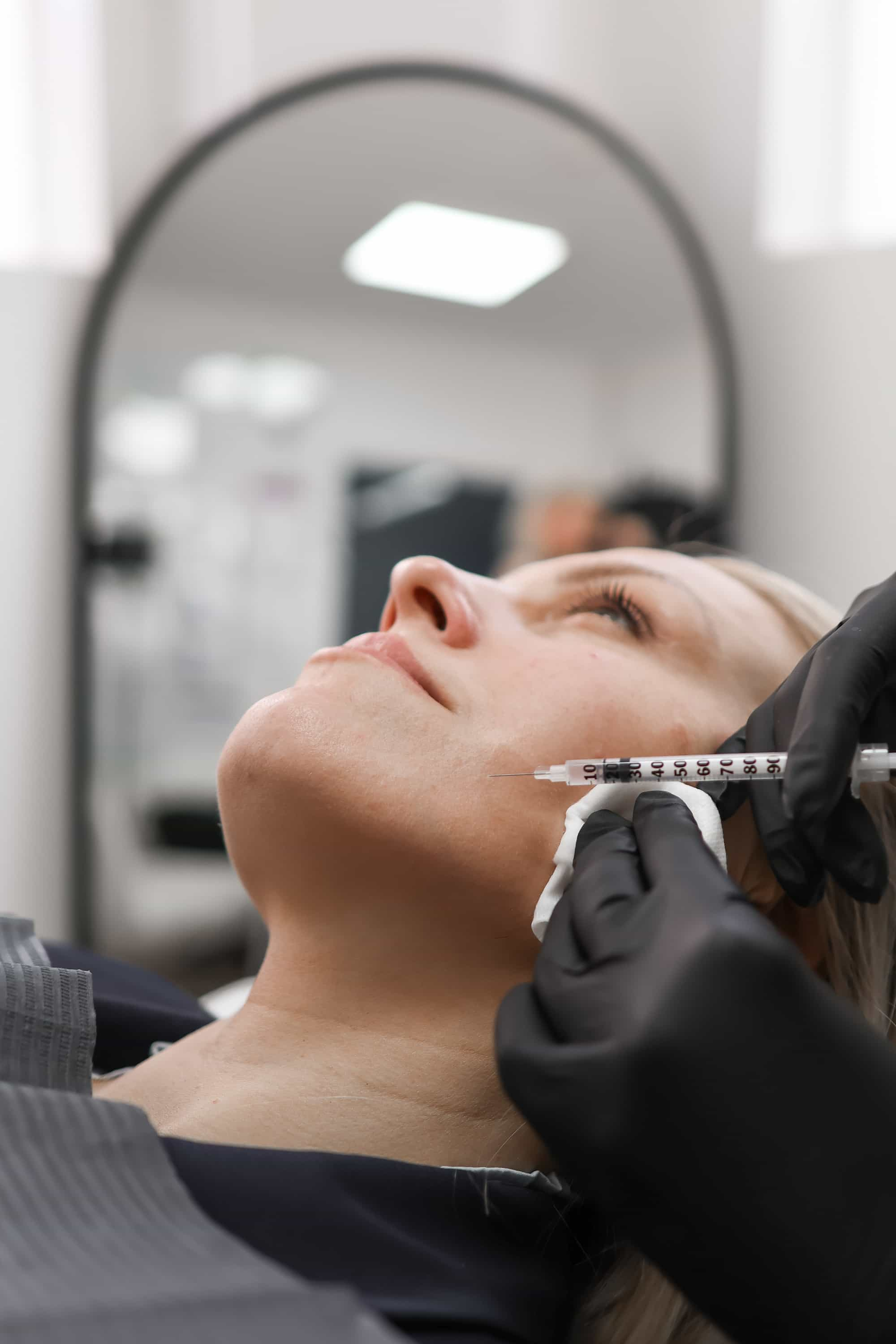What is a Downturned Smile?
A downturned smile, often referred to as a “frown smile,” is a facial expression where the corners of the mouth point downwards while attempting to convey happiness or amusement. This subtle shift in facial features can significantly alter the perceived emotional message, potentially leading to confusion or misinterpretation.
Definition
A downturned smile, often referred to as a “frown smile,” is a facial expression where the corners of the mouth point downwards while attempting to convey happiness or amusement. This subtle shift in facial features can significantly alter the perceived emotional message, potentially leading to confusion or misinterpretation.
Physical Appearance
A downturned smile, often referred to as a “frown smile,” is a facial expression where the corners of the mouth point downwards while attempting to convey happiness or amusement. This subtle shift in facial features can significantly alter the perceived emotional message, potentially leading to confusion or misinterpretation.
There are various reasons why someone might exhibit a downturned smile. It could be a result of underlying psychological conditions like depression or anxiety, where individuals struggle to genuinely express happiness. Additionally, cultural norms and personal experiences can influence facial expressions. Some cultures may encourage more reserved displays of emotion, leading to subtler smiles that appear downturned.
In some cases, a downturned smile might be a learned behavior stemming from childhood experiences or social conditioning. It’s important to remember that interpreting facial expressions requires considering the individual context and overall body language.
Distinguishing Features
A downturned smile, often referred to as a “frown smile,” is a facial expression where the corners of the mouth point downwards while attempting to convey happiness or amusement. This subtle shift in facial features can significantly alter the perceived emotional message, potentially leading to confusion or misinterpretation.
There are various reasons why someone might exhibit a downturned smile. It could be a result of underlying psychological conditions like depression or anxiety, where individuals struggle to genuinely express happiness. Additionally, cultural norms and personal experiences can influence facial expressions. Some cultures may encourage more reserved displays of emotion, leading to subtler smiles that appear downturned.
- Depression or anxiety
- Cultural norms
- Learned behavior from childhood experiences or social conditioning
In some cases, a downturned smile might be a learned behavior stemming from childhood experiences or social conditioning. It’s important to remember that interpreting facial expressions requires considering the individual context and overall body language.
Why Do People Have Downturned Smiles?
A downturned smile, often called a “frown smile,” is a facial expression that seems paradoxical—the corners of the mouth point downwards despite an attempt to convey happiness or amusement. This subtle shift in features can dramatically change how emotions are perceived, potentially leading to misunderstandings.
Genetic Predisposition
While not directly tied to genetics, facial expressions like the downturned smile are influenced by a complex interplay of genetic predisposition and environmental factors.
Genes play a role in shaping facial structure, which can influence the way a smile appears. Some individuals might be genetically predisposed to have facial features that make a downturned smile more pronounced.

However, it’s crucial to understand that genes alone don’t determine behavior or emotional expression.
Environmental factors like learned behaviors, cultural norms, and personal experiences significantly shape how individuals express emotions.
Emotional Factors
A downturned smile, often called a “frown smile,” is a facial expression that seems paradoxical—the corners of the mouth point downwards despite an attempt to convey happiness or amusement. This subtle shift in features can dramatically change how emotions are perceived, potentially leading to misunderstandings.
There are various reasons why someone might exhibit a downturned smile. It could be a result of underlying psychological conditions like depression or anxiety, where individuals struggle to genuinely express happiness. Additionally, cultural norms and personal experiences can influence facial expressions. Some cultures may encourage more reserved displays of emotion, leading to subtler smiles that appear downturned.
- Depression or anxiety
- Cultural norms
- Learned behavior from childhood experiences or social conditioning
In some cases, a downturned smile might be a learned behavior stemming from childhood experiences or social conditioning. It’s important to remember that interpreting facial expressions requires considering the individual context and overall body language.

Muscle Weakness
A downturned smile, often called a “frown smile,” is a facial expression that seems paradoxical—the corners of the mouth point downwards despite an attempt to convey happiness or amusement. This subtle shift in features can dramatically change how emotions are perceived, potentially leading to misunderstandings.
- Depression or anxiety
- Cultural norms
- Learned behavior from childhood experiences or social conditioning
In some cases, a downturned smile might be a learned behavior stemming from childhood experiences or social conditioning. It’s important to remember that interpreting facial expressions requires considering the individual context and overall body language.
Medical Conditions
A downturned smile, often referred to as a “frown smile,” is a facial expression where the corners of the mouth point downwards while attempting to convey happiness or amusement. This subtle shift in facial features can significantly alter the perceived emotional message, potentially leading to confusion or misinterpretation.
There are various reasons why someone might exhibit a downturned smile. It could be a result of underlying psychological conditions like depression or anxiety, where individuals struggle to genuinely express happiness. Additionally, cultural norms and personal experiences can influence facial expressions. Some cultures may encourage more reserved displays of emotion, leading to subtler smiles that appear downturned.
- Depression or anxiety
- Cultural norms
- Learned behavior from childhood experiences or social conditioning
In some cases, a downturned smile might be a learned behavior stemming from childhood experiences or social conditioning. It’s important to remember that interpreting facial expressions requires considering the individual context and overall body language.
Other Contributing Factors
A downturned smile, often referred to as a “frown smile,” is a facial expression where the corners of the mouth point downwards while attempting to convey happiness or amusement. This subtle shift in facial features can significantly alter the perceived emotional message, potentially leading to confusion or misinterpretation.
There are various reasons why someone might exhibit a downturned smile. It could be a result of underlying psychological conditions like depression or anxiety, where individuals struggle to genuinely express happiness. Additionally, cultural norms and personal experiences can influence facial expressions. Some cultures may encourage more reserved displays of emotion, leading to subtler smiles that appear downturned.
- Depression or anxiety
- Cultural norms
- Learned behavior from childhood experiences or social conditioning
In some cases, a downturned smile might be a learned behavior stemming from childhood experiences or social conditioning. It’s important to remember that interpreting facial expressions requires considering the individual context and overall body language.
Achieve a brighter smile with treatments by Dr. Laura Geige at It’s Me & You Clinic.
- Why Did I Stop Using Fillers After 2 Years? - November 13, 2025
- What Is The Best Non-Surgical Face Lift For 2024? - November 10, 2025
- What Are The Benefits Of Using CBD Infused Gummies Daily - November 7, 2025
